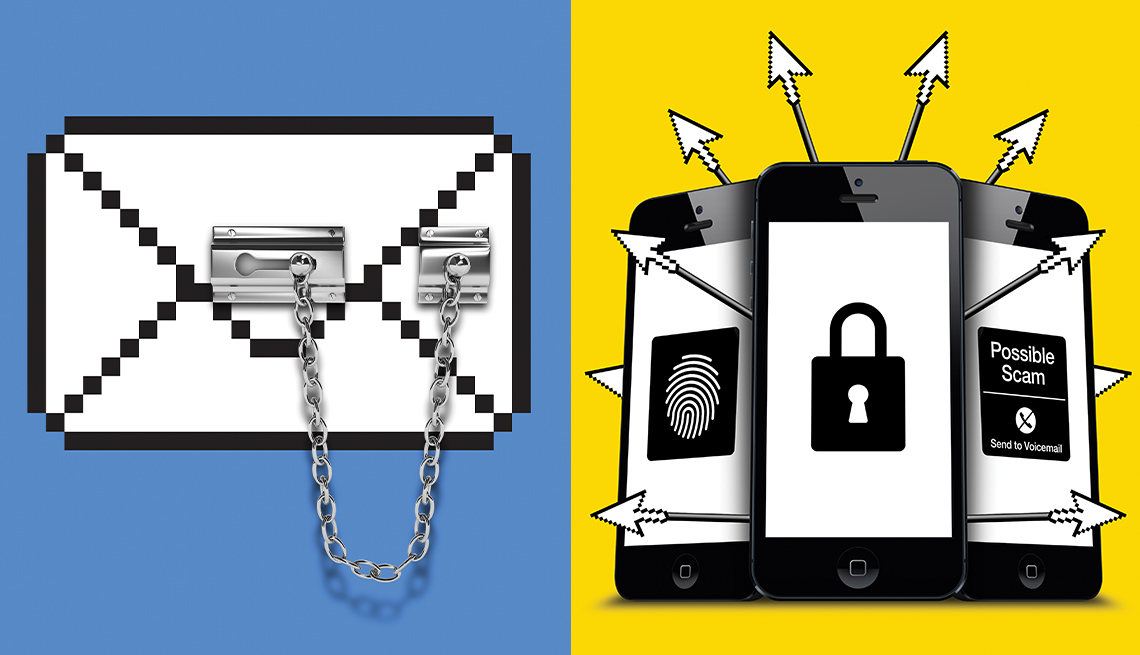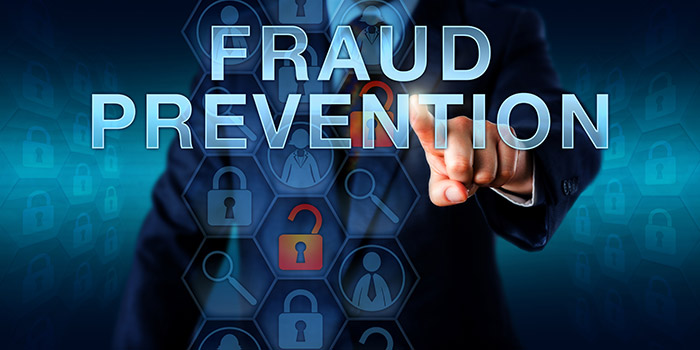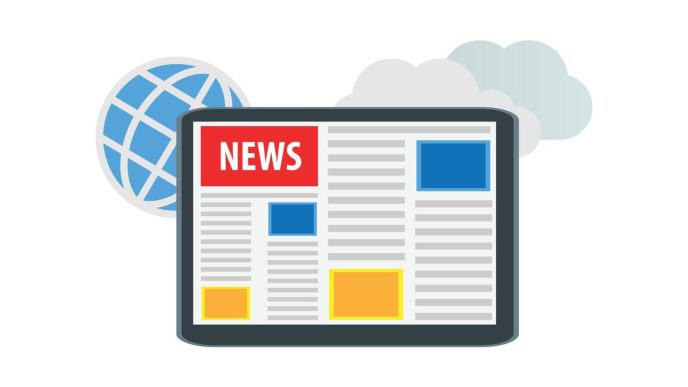Money Fraud Protection: How to Safeguard Your Finances
In today’s digital age, money fraud is becoming more prevalent than ever. With the rise of online transactions, it’s crucial to know how to protect your finances from fraudsters who want to exploit your hard-earned money. In this article, we’ll cover everything you need to know about money fraud protection, from understanding different types of fraud to taking steps to prevent them.

1. What Is Money Fraud?
Money fraud refers to any attempt by a criminal to unlawfully gain access to your financial resources. This can involve a variety of tactics, from identity theft and credit card fraud to phishing scams and unauthorized withdrawals. Fraud can occur both online and offline, making it essential to be aware of how it might happen and how to protect yourself.
There are several common types of fraud to look out for:
-
Identity Theft: When someone uses your personal information to open accounts or make purchases in your name.
-
Phishing Scams: Fraudsters send fake emails or messages to trick you into providing sensitive information, such as passwords or credit card numbers.
-
Credit Card Fraud: Unauthorized use of your credit card information to make purchases or withdrawals.
-
Online Scams: Fraudulent websites or ads that attempt to steal your payment details or personal data.
2. The Importance of Money Fraud Protection
Protecting your money from fraud is crucial for maintaining financial security and peace of mind. Here are a few reasons why you should prioritize fraud protection:
-
Prevent Financial Loss: Fraud can result in significant financial losses, especially if your personal and financial data is compromised.
-
Protect Your Credit: Fraudulent activities can damage your credit score and take years to repair.
-
Personal Safety: Identity theft and financial fraud can cause emotional and psychological stress as well as physical harm in some extreme cases.
By actively implementing fraud protection measures, you can safeguard your finances and reduce the risks associated with fraud.
3. How to Protect Yourself from Money Fraud
Now that you understand what money fraud is and why it’s essential to protect yourself, let’s discuss some practical steps you can take to reduce the risk of fraud.
1. Use Strong, Unique Passwords
One of the simplest yet most effective ways to protect your online accounts is by using strong and unique passwords. Avoid using easily guessable information, such as birthdays or names, and opt for a mix of letters, numbers, and special characters.
It’s also a good idea to use different passwords for each account. This way, if one account is compromised, the rest of your accounts will remain secure.
2. Enable Two-Factor Authentication
Two-factor authentication (2FA) adds an extra layer of security by requiring you to verify your identity in two ways: typically through something you know (like a password) and something you have (like your phone or a physical token). Enable 2FA wherever possible, especially for banking apps and email accounts.
3. Monitor Your Accounts Regularly
Keep a close eye on your bank accounts, credit cards, and other financial accounts. Check for any unusual or unauthorized transactions. Many banks offer fraud detection systems that alert you about suspicious activities, so make sure you have them activated.
If you notice anything suspicious, report it immediately to your bank or financial institution.
4. Be Cautious with Emails and Phone Calls
Phishing scams often come in the form of unsolicited emails or phone calls from fraudsters pretending to be your bank, a company, or a government agency. Never click on links in unsolicited emails or provide sensitive information over the phone unless you’re sure about the legitimacy of the source.
4. Top Money Fraud Protection Tools
Several tools and services can help protect your finances from fraud. Here are a few of the most popular:
1. Identity Theft Protection Services
Services like LifeLock and IdentityForce can monitor your personal information and alert you if your data is being used without your consent. These services also offer recovery assistance if your identity is stolen.
2. Anti-Virus and Anti-Malware Software
Malware can steal your sensitive information without your knowledge. Install reputable anti-virus and anti-malware software to protect your devices from viruses and malicious attacks.
3. Credit Monitoring Services
Credit monitoring services track your credit reports and alert you if there are any changes, such as new credit inquiries or accounts being opened in your name. This is a great way to catch fraud early and protect your credit score.
5. Common Fraud Prevention Tips
Here are some additional tips to help you avoid falling victim to money fraud:
1. Keep Your Personal Information Private
Never share sensitive information such as your Social Security number, bank account details, or passwords with anyone you don’t trust. Be cautious when using public Wi-Fi for financial transactions, as hackers can access your data on unsecured networks.
2. Use Secure Payment Methods
When shopping online, make sure the website is secure by looking for a lock icon next to the URL and ensuring that the website address begins with HTTPS. Additionally, using secure payment methods like PayPal or a virtual credit card can provide an extra layer of security.
3. Be Aware of Social Engineering Tactics
Fraudsters often use social engineering to manipulate you into revealing personal information. Be cautious when someone pressures you to make quick decisions, especially over the phone or via email. Always take the time to verify the source before responding.
6. How Financial Institutions Help Protect Against Fraud
Banks and other financial institutions take fraud protection very seriously and employ a variety of methods to safeguard your money. Some of these include:
-
Fraud Alerts: Banks set up alerts to notify you of suspicious transactions.
-
Encryption: Banks use encryption to protect sensitive data during online transactions.
-
Zero Liability Policies: Many financial institutions offer zero liability policies, meaning you won’t be responsible for fraudulent transactions if your card is lost or stolen.
It’s important to be aware of the fraud protection services your bank offers and take full advantage of them.
7. Frequently Asked Questions (FAQs)
1. What should I do if I fall victim to fraud?
If you become a victim of fraud, immediately report the incident to your bank or credit card company. File a fraud report with the Federal Trade Commission (FTC) and notify the credit bureaus to freeze your credit.
2. Can I prevent fraud from happening entirely?
While it’s impossible to completely eliminate the risk of fraud, implementing strong fraud protection measures can significantly reduce your chances of becoming a victim.
3. How can I tell if a website is safe for online shopping?
Before making a purchase, ensure the website has HTTPS encryption (check for a padlock icon in the address bar). Only shop from well-known, reputable websites to minimize the risk of fraud.
4. How often should I check my bank accounts?
It’s a good practice to check your accounts regularly, ideally once a week, to spot any unauthorized transactions early. Set up account alerts to be notified of unusual activity.
8. Conclusion
Money fraud protection is essential for safeguarding your financial health. By understanding the types of fraud that exist and taking proactive measures to protect yourself, you can minimize the risk of losing money or having your identity stolen. Stay vigilant, use secure tools, and be aware of any red flags when dealing with financial transactions.
By following these simple yet effective steps, you can enjoy peace of mind knowing that your finances are secure from fraudsters.





